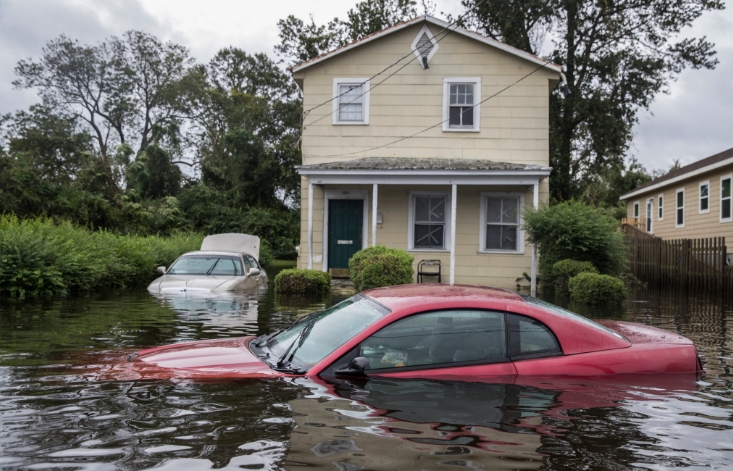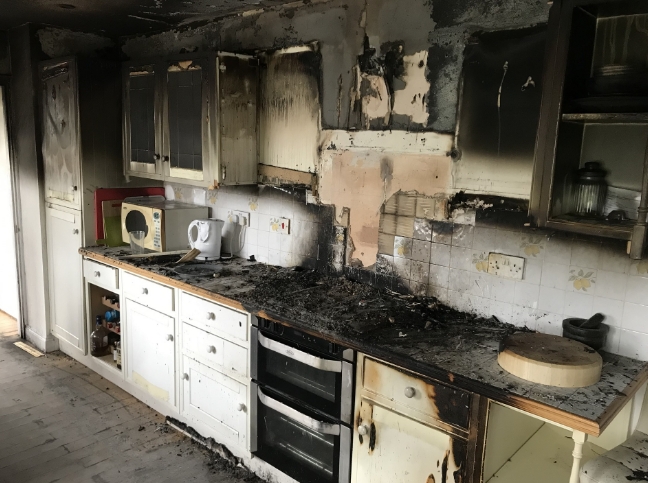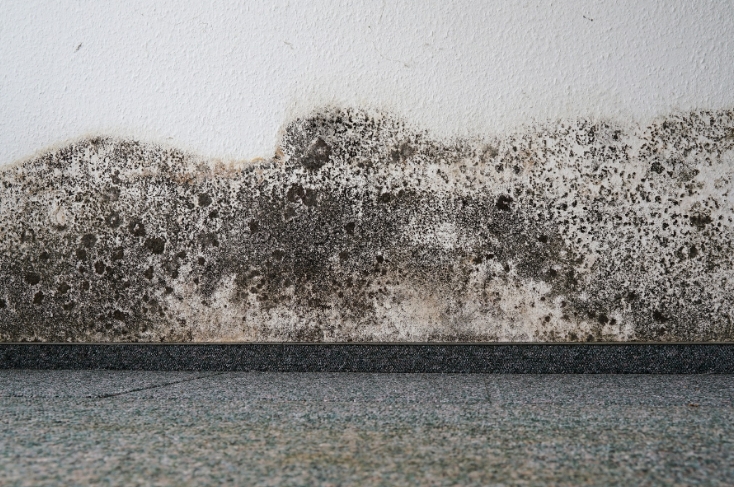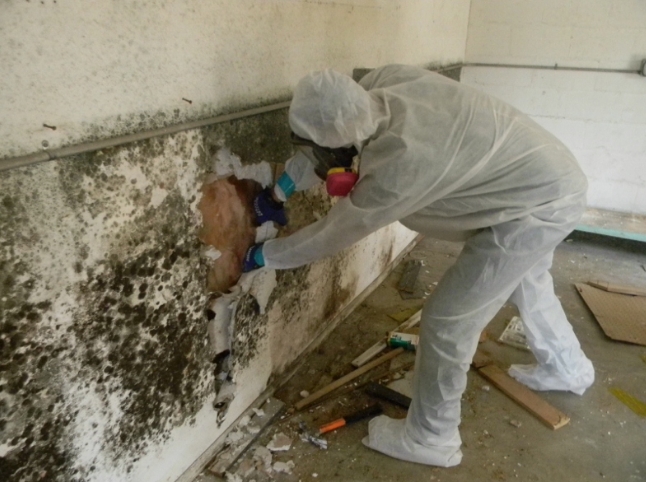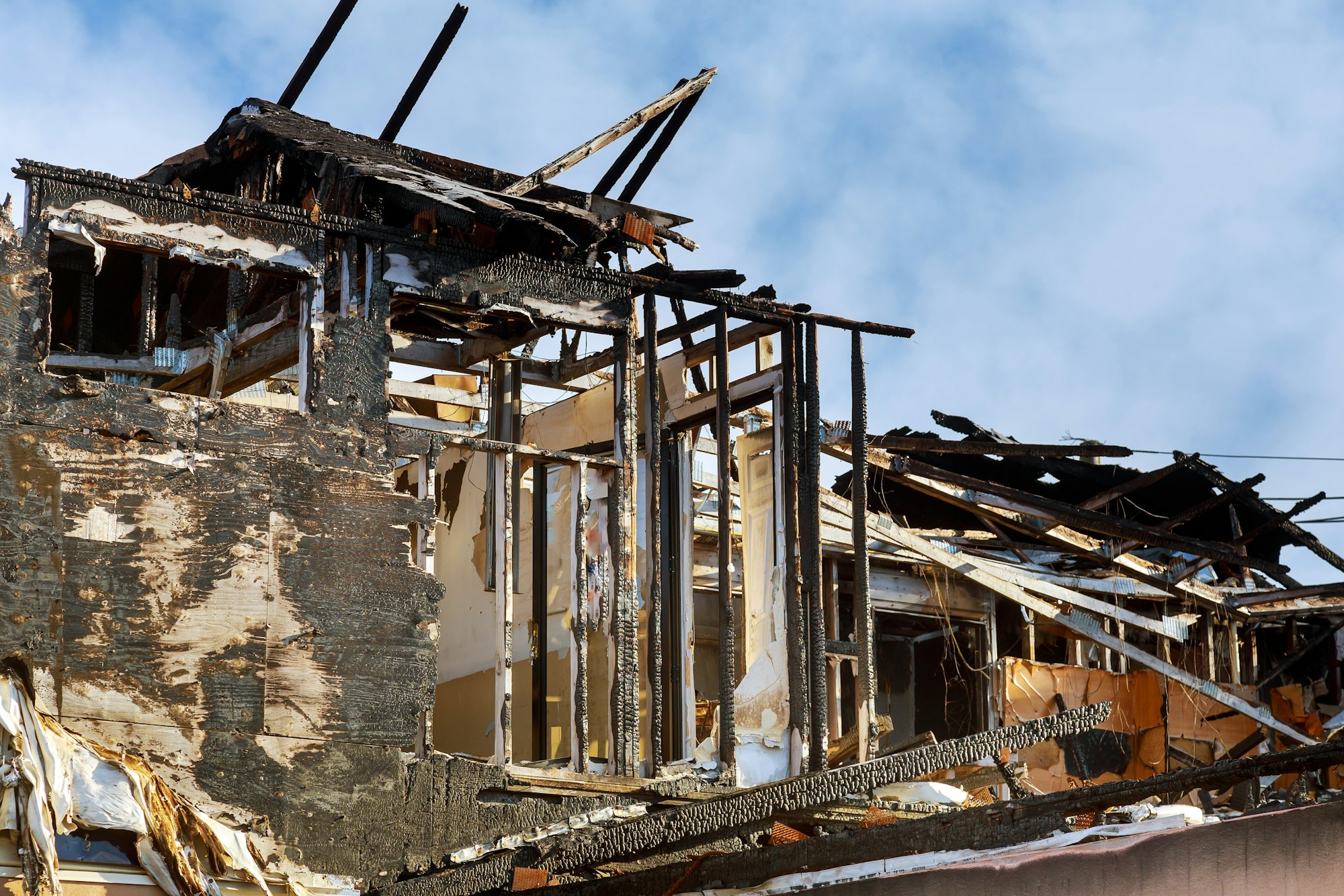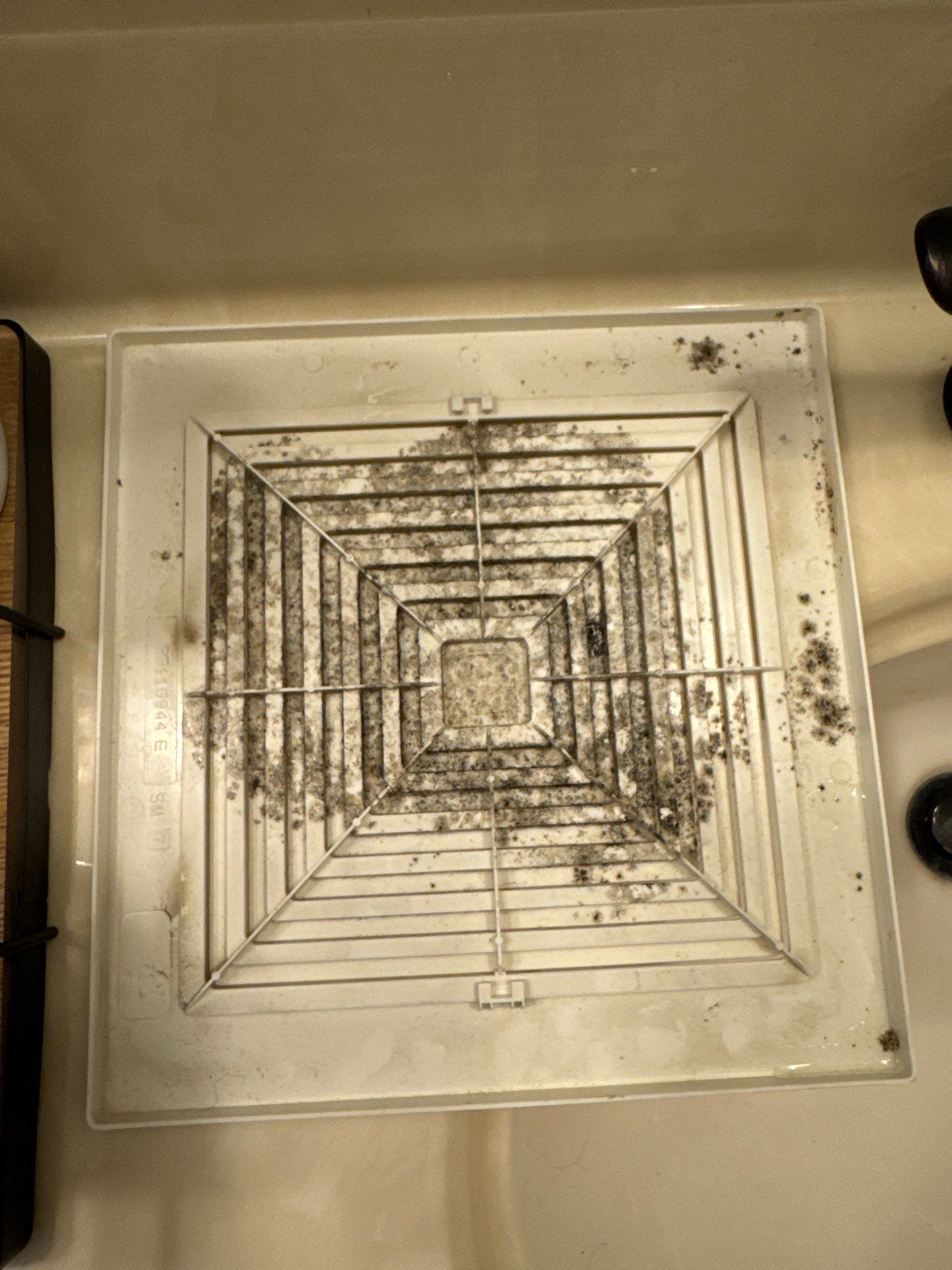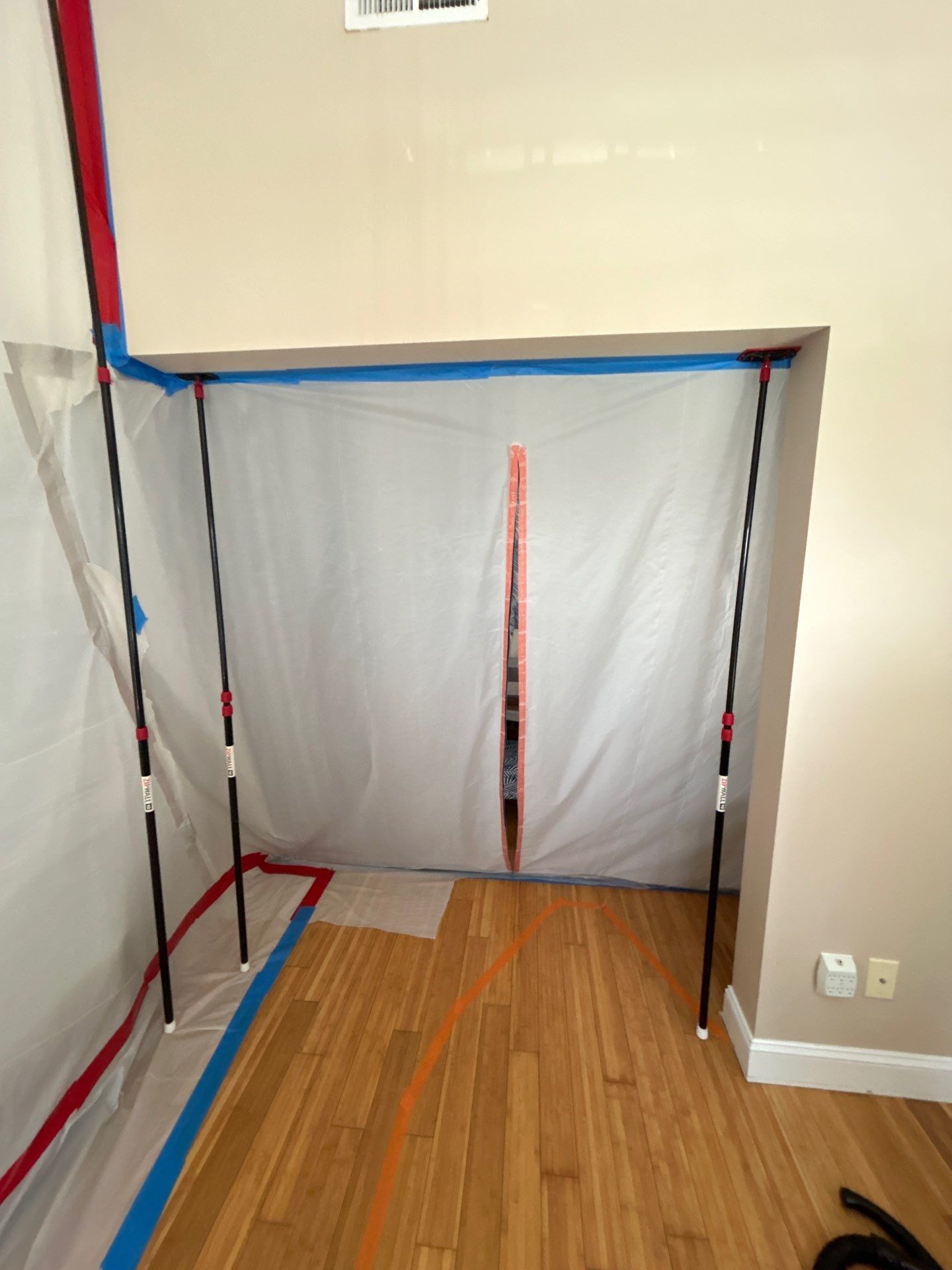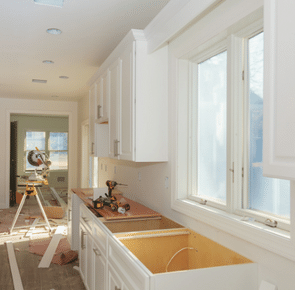Keep Mold from Coming Back
Keep Mold from Coming Back: Mold can lead to serious health issues and property damage if not properly managed. Even after investing time, effort, and money into cleaning and repairs, mold may return if preventative measures are not taken. To ensure it doesn’t make a comeback, it’s essential to implement effective strategies to keep it from returning. Following the recent Storm Debby, many residents in Eastern North Carolina are grappling with significant mold growth that requires immediate attention. It’s equally important to understand how to prevent mold from returning. Preventing mold is crucial for maintaining a healthy home. Here are the essential steps to keep mold at bay:
If you’ve dealt with a leaky pipe or other moisture issues, you might have mold growing somewhere in your home.
Even after fixing the water source, mold spores can thrive indoors. The U.S. Environmental Protection Agency estimates that damp environments contribute to about 25% of all allergens in a typical home.
If mold is already present, don’t worry—it’s manageable. The approach varies depending on where the mold is and how far it has spread. This guide covers how to address mold in four key areas: porous surfaces (like drywall or insulation), fabrics (such as carpets and curtains), wood surfaces (like bookshelves or cabinets), and moisture-resistant materials (including tile or metal).
For porous surfaces: Start by removing any washable items (like stuffed animals) from the area. Clean the surface with detergent and water. Mold spores can be killed by soaking them in water for 48 hours, so using a wet/dry vacuum can help remove the remaining mold. If that’s not feasible, mix three parts water with one part bleach and mop the mixture onto the affected area.
For fabrics: Remove any washable items (such as curtains or carpets) and air out the area with fans. Wash smaller, washable surfaces with soap and water if possible, or use products like Mold Armor specifically designed to target mold spores. Always wear protective gear when handling mold-fighting products.
For wood surfaces: You can remove mold with coarse sandpaper.
For moisture-resistant materials: Scrub the surface with a 5 percent bleach solution (use a weaker solution compared to porous materials). Different molds require different treatments—some may not be affected by soap and water, while others may resist repeated bleach applications. If you see “fingerprint” marks where mold has been temporarily removed but not eradicated, try using a nonabrasive sponge or cloth dipped in distilled vinegar before treating the entire surface.
Dispose of Moldy Items to Keep Mold from Coming Back
Some materials are difficult to clean thoroughly once moldy, such as wood, fabric, upholstery, furniture, and carpets. In these cases, it’s often best to discard these items to prevent further mold growth and spread. Also, replace any moldy drywall and dispose of spoiled food, which can foster mold.
Perform Regular Maintenance
Inspect your home regularly for leaks, dampness, and potential water damage, especially after storms. Address any issues promptly to prevent mold. Ensure your home is well-sealed by maintaining door, window, and pipe seals, cleaning gutters, and directing water away from your house.
Keep Your Home Clean
Regular cleaning reduces mold risk by removing substances that mold feeds on, such as dirt and grease. After mold clean-up, disinfect areas like cupboards and wooden surfaces, and replace moldy cardboard. Always wear protective gear while cleaning.
Ensure Proper Ventilation
Good ventilation in areas like bathrooms, kitchens, and basements helps prevent mold. Open windows and doors during dry weather, use exhaust fans, and vent appliances properly to reduce indoor humidity.
Control Moisture Levels
Minimize moisture to prevent mold growth. Insulate surfaces prone to condensation, wipe up standing water, fix leaks promptly, and dry fabrics thoroughly before storage.
Seek Professional Assistance
If mold persists despite your efforts, professional cleaners can offer a more thorough solution. While home remedies may address some mold issues, they don’t guarantee the problem won’t reoccur.
This is how you can Keep Mold from Coming Back.
Follow Home Disaster Medics on Facebook



